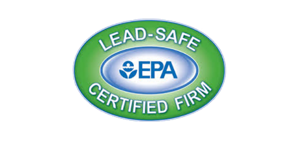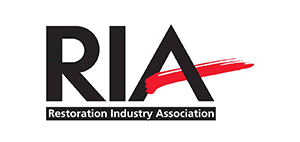Water damage can be devastating, but taking immediate action can help minimize the damage and expedite the recovery process. Whether it’s from a flood, burst pipe, or any other water-related incident, knowing what to do next is crucial.
In this section, we will outline the essential steps you need to take immediately after experiencing water damage in your home or property. By following these steps, you can reduce the extent of the damage and speed up the recovery process.
Key Takeaways:
- Take immediate action after water damage to minimize damage and expedite recovery.
- Assess the situation and ensure your safety before taking any action.
- Remove standing water as soon as possible using appropriate equipment.
- Salvage and protect your belongings from further damage by drying and cleaning them.
- Document the damage and contact your insurance company to initiate the claims process.
Assess the Situation and Ensure Safety
Water damage can pose significant safety risks, so before taking any action, assess the situation and prioritize your safety. Begin by turning off the electricity, gas, and water supply to prevent further damage and avoid potential electrical hazards.
Next, identify the extent of the water damage and potential hazards such as mold growth or weakened structures.
If you suspect mold growth, wear appropriate protective gear such as gloves and masks to avoid inhaling potentially harmful substances.
Consider calling a professional to assess and address any structural issues or suspected mold growth.
Salvage and Protect Your Belongings
After removing standing water from the affected area, it’s time to save and protect your belongings from further damage. The first step is to move furniture, rugs, and other items to a dry location. If the furniture is too heavy to move, place aluminum foil or plastic under its legs to prevent further damage.
Next, open windows and doors to promote air circulation. Use fans and dehumidifiers to dry the space quickly and prevent mold growth. Remember to keep the humidity levels below 50% to prevent further damage.
Once the room is dry, clean and disinfect affected items to avoid potential health risks. For furniture and other personal items, use a cloth or sponge to remove excess water. Once dry, disinfect them using a mild detergent and water solution. Leave the items to dry in the sun or use a fan to speed up the process.
If you have valuable items such as artwork or antiques, consider contacting a professional conservator for advice on how to salvage them.
Document the Damage and Contact Your Insurance Company
After taking immediate action to minimize the damage from water in your home, it’s time to document the damage and contact your insurance company. This will ensure your insurance claim is processed as smoothly as possible and that you receive the compensation you’re entitled to.
Start by taking photos or videos of the damage. Be sure to capture the extent of the damage and any affected personal items or furniture. This documentation will serve as evidence for your insurance claim and help expedite the process.
When contacting your insurance company, be sure to have all relevant contact information, such as your policy number and the date and time of the incident. Provide them with a detailed description of the damage sustained and any relevant documentation, including the photos and videos you took earlier.
If you’re unsure about the details of your insurance policy, ask your insurance company for clarification. It’s important to know what’s covered under your policy and what steps you need to take to ensure a successful claim.
Conclusion
Taking immediate action after water damage is crucial to minimize the extent of the damage and expedite the recovery process. Remember to prioritize your safety throughout the process and assess the situation to identify potential hazards. Removing standing water and salvaging your belongings can prevent further damage, while documenting the damage and contacting your insurance company can help you facilitate the claims process.
It’s important to act fast, so don’t delay in taking the necessary steps to restore your property. By following the outlined steps, you can mitigate the damage caused by water and ensure that your property is back to its pre-loss condition in no time.
FAQ
What should I do immediately after water damage?
The first step is to assess the situation and ensure your safety. Then, remove any standing water using buckets, wet vacuums, or pumps. Salvage and protect your belongings by moving them to a dry area and promoting air circulation. Document the damage and contact your insurance company to initiate the claims process.
How should I assess the situation and ensure safety?
Prioritize your safety by turning off the electricity, gas, and water supply. Identify potential hazards and take necessary precautions to avoid electrical hazards and other risks.
How can I salvage and protect my belongings?
Move furniture, rugs, and other items to a dry area. Open windows and doors to promote air circulation and use fans and dehumidifiers to dry the space and prevent mold growth. Clean and disinfect affected items to avoid potential health risks.
What should I do to document the damage and contact my insurance company?
Take photos or videos of the water damage as evidence for insurance purposes. Contact your insurance company to report the incident and provide them with the necessary documentation, including photos and a detailed description of the damage.
Why is it important to take immediate action after water damage?
Taking immediate action is crucial to minimize the extent of the damage and expedite the recovery process. By following the outlined steps, you can prevent further damage and increase the chances of a successful restoration.





















